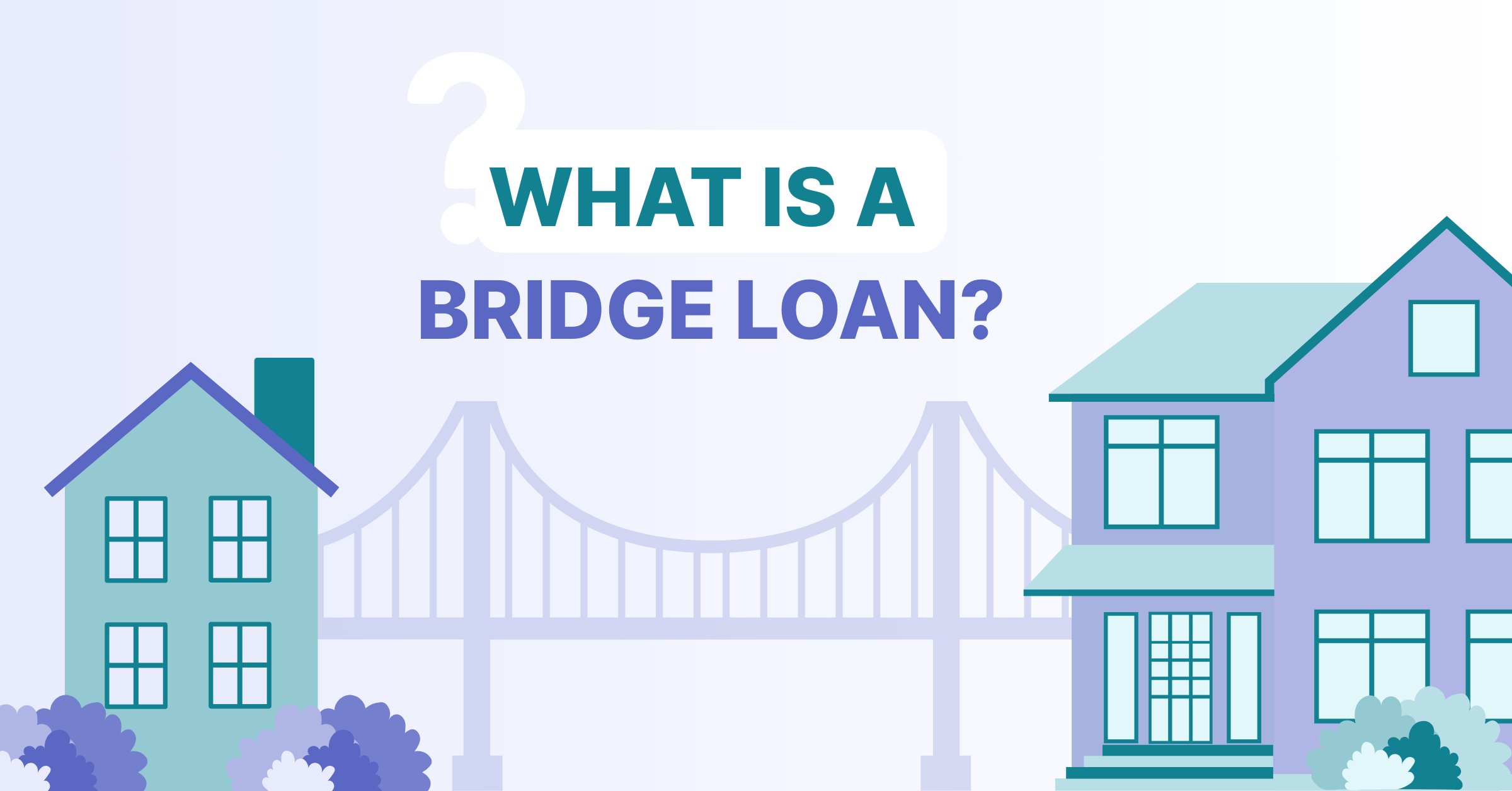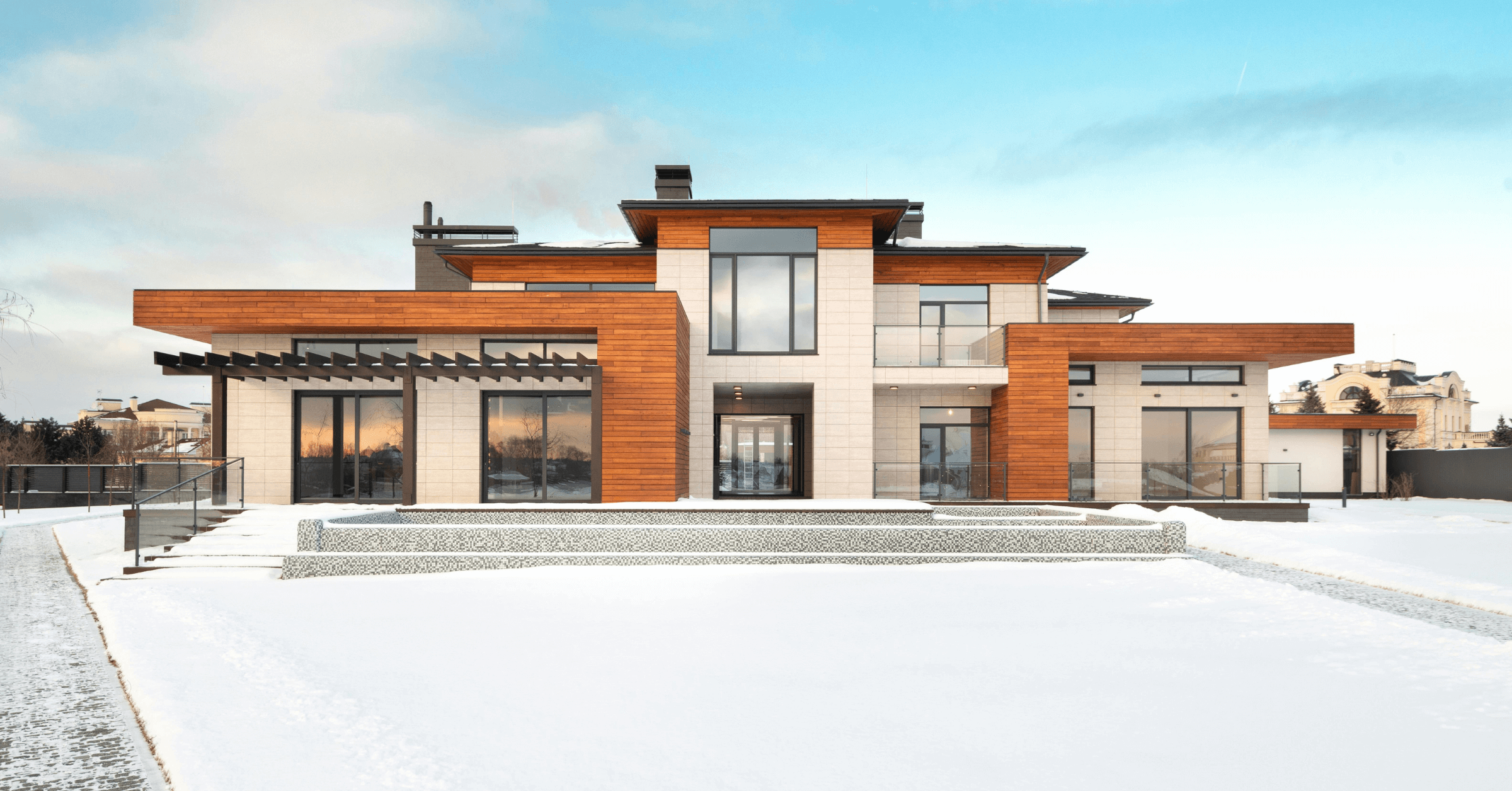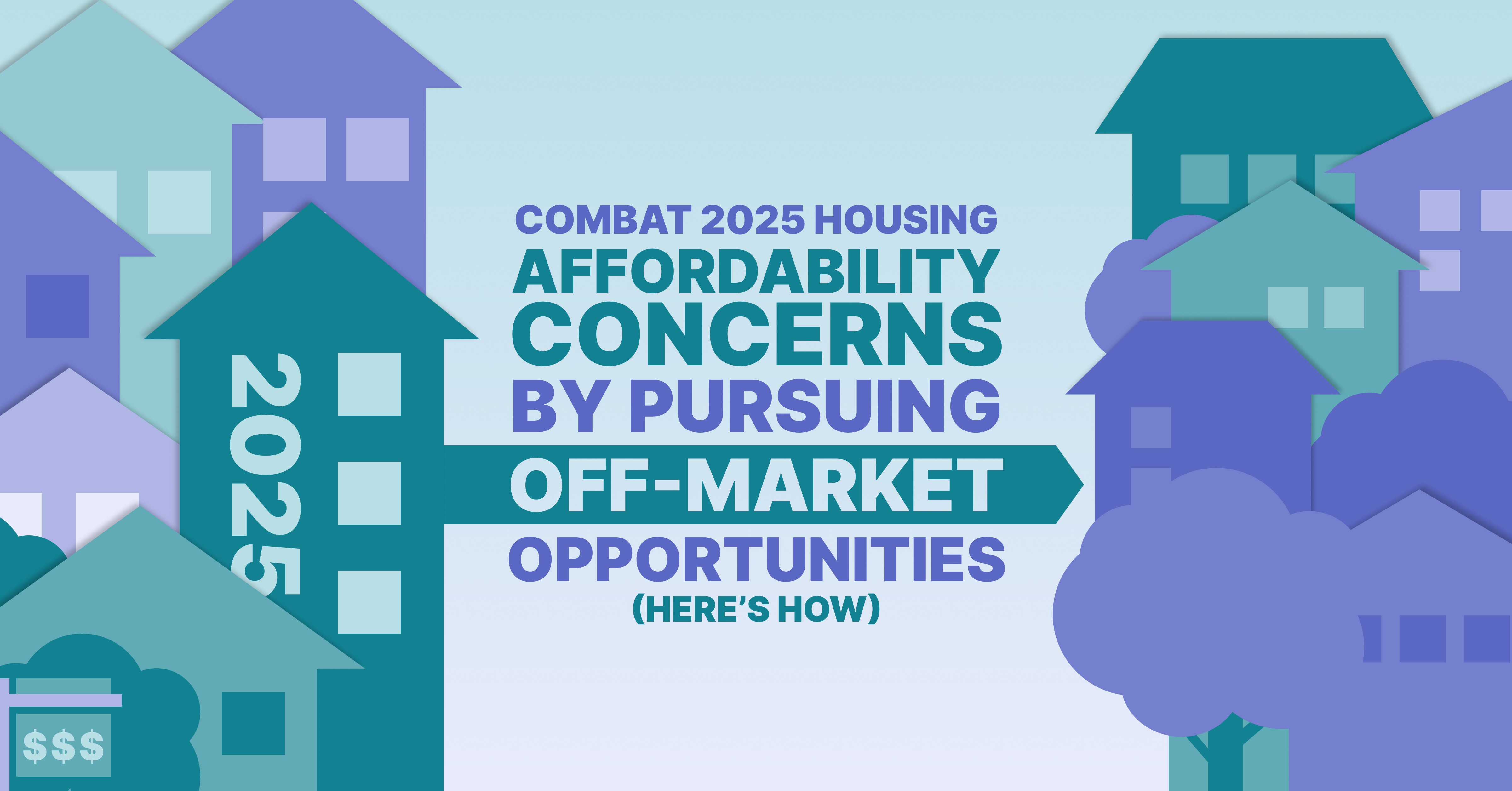Disclaimer: PropStream does not offer investing advice or make profit promises. This article is for educational purposes only. We recommend doing your due diligence and/or consulting financial professionals before investing in real estate.
|
Key Takeaways:
|
When buying real estate, one key metric can make or break a deal: cap rate. Read on to learn what it is, how to use it, and what makes for a good or bad cap rate.
Table of Contents |
What Is Cap Rate and How Is It Calculated?
Cap rate is short for “capitalization rate.” It’s a return metric that compares a property’s net operating income (NOI) to its current market value by dividing the former by the latter.
Here’s the formula:
|
Cap Rate = Net Operating Income (NOI) / Current Market Value Where: Net Operating Income is the annual rental income minus total operating expenses |
Think of cap rate as a property’s return over one year. For example, a $500,000 property that generates $30,000 in annual NOI would have a cap rate of 6% ($30,000 / $500,000).
Keep in mind, however, that a cap rate doesn’t factor in financing. It strictly describes how efficient the property itself is at generating income. In other words, it’s an “unlevered” return rate.
Additionally, investors often calculate cap rate based on a property’s projected income (aka a pro forma). As a result, the actual cap rate may differ depending on how the property performs.
What Affects Cap Rate?
Since a property’s cap rate is a function of its market value and NOI, it tends to fluctuate. Here are some factors that can affect cap rate:
Location: A property’s location directly impacts its market value. For example, a house in a highly sought-after neighborhood may have a higher value than an equivalent property in a less desirable area. As a result, the two properties' cap rates will differ.
Market conditions: Housing and rental markets can change. If home prices fall, expect this to put upward pressure on cap rates. Conversely, if rent prices fall, expect downward pressure on cap rates (and vice versa). Similarly, market forecasts are often priced into cap rates.
Interest rates: Interest rates indirectly affect cap rates by changing the cost of capital. For example, if mortgage rates fall, borrowing becomes cheaper, boosting home demand and values, which then lowers cap rates.
Property type: Cap rates can vary by property type due to their varying levels of risk and return. For example, a fourplex may be considered less risky than a single-family home (SFH) that relies on one tenant for rental income.
Property condition: A distressed property may sell at a discount, raising its cap rate, while a property in top condition may command a higher price, lowering its cap rate.
Operating costs: Lowering a property’s operating costs (e.g., by managing it more efficiently or taking advantage of unclaimed tax deductions) can increase its NOI and cap rate by extension.
How To Interpret Cap Rates
.jpg?width=2504&height=1668&name=propstream-blog-inline-image-real-estate-attorney-1252x834@2x%20(2).jpg)
Now that you understand what drives cap rates, let’s dive into how to interpret them.
At a basic level, a cap rate reflects a property’s risk-return profile. The higher the cap rate, the more risk and potential return. The lower the cap rate, the less risk and potential return.
For example, consider two properties: One has an 8% cap rate, and the other has a 4% cap rate. This could mean the former is distressed and in a poor location, presenting more risk but also more potential return (an 8% unlevered return) if you manage the property well or the market appreciates. Conversely, the property with a 4% cap rate may be in top condition and in a prime location, presenting less risk but also lower potential returns due to its price premium.
In other words, there is no “optimal” cap rate—only trade-offs. Any increase in potential returns means more risk, and any decrease in risk means lower potential returns.
That said, cap rates vary by market. To determine the average cap rate for yours, consult other real estate investors in the area. That way, you can make more informed investment decisions.
Why Cap Rate Is an Important Metric
On top of helping you assess an investment property’s risk and potential profitability, cap rates are a great way to compare deals across property types.
For example, you could compare the cap rates of a single-family home and a duplex to see which better meets your risk-return criteria. Just make sure you’re comparing apples to apples by not mixing projected with actual incomes or current market prices with old purchase prices.
Additionally, cap rates can help you estimate how long it will take to recover a property’s purchase price. For example, if a property is bought at a 10% cap rate, it could take 10 years to recoup its value (10% x 10 = 100%).
Lastly, you can use a market’s average cap rate to quickly value properties. The trick is to rearrange the cap rate formula to the following:
|
Property Value = Net Operating Income (NOI) / Cap Rate |
Say the average local cap rate is 6%, and a property has an NOI of $30,000. That means its value is about $500,000 ($30,000 / 0.06).
Limitations of Cap Rates
As useful as cap rates are, they aren’t a one-size-fits-all metric. Here are three main limitations:
- Cap rates don’t take into account financing costs. Metrics like cash-on-cash return would be required to get a better sense of your levered returns.
- Cap rates don’t account for the time value of money, i.e., the value of receiving money sooner rather than later. A better metric for that is internal rate of return (IRR).
- Cap rates only account for a property’s return after one year. To determine a property’s return over a longer time span, consider using IRR or equity multiple.
Use PropStream to Find Homes That Meet Your Cap Rate Criteria
Ultimately, cap rate is a useful metric that becomes even more powerful when used in conjunction with other real estate return metrics.
To compare potential investment opportunities in your area, try out PropStream. It’s a database of over 160 million properties nationwide with hundreds of search filters. With it, you can find the most worthwhile investment opportunities in no time.
Try PropStream for 7 Days FREE!
Try PropStream free for 7 days and enjoy 50 complimentary leads.
Frequently-Asked Questions (FAQs)
What is cap rate in real estate?
Cap rate is a return metric that compares a property’s net operating income to its market value (expressed as a percentage).
What factors influence cap rate?
A property’s cap rate is influenced by its NOI and market value. These, in turn, can be affected by location, market conditions, interest rates, operating costs, and property type and condition.
What’s a good cap rate?
It depends on the market and your risk tolerance. However, average cap rates tend to be 4-10%.
How can I increase a property’s cap rate?
You can increase a property’s cap rate by raising the rent, lowering operating expenses, improving property management, or buying at a lower purchase price.
What are other real estate return metrics to consider?
On top of the cap rate, consider calculating an investment’s cash-on-cash return, internal rate of return (IRR), and equity multiple.
How can I use cap rate to value properties?
Take a property’s projected NOI and divide it by the market’s average cap rate. This gives you the property’s estimated market value.
Subscribe To PropStream's Newsletter



